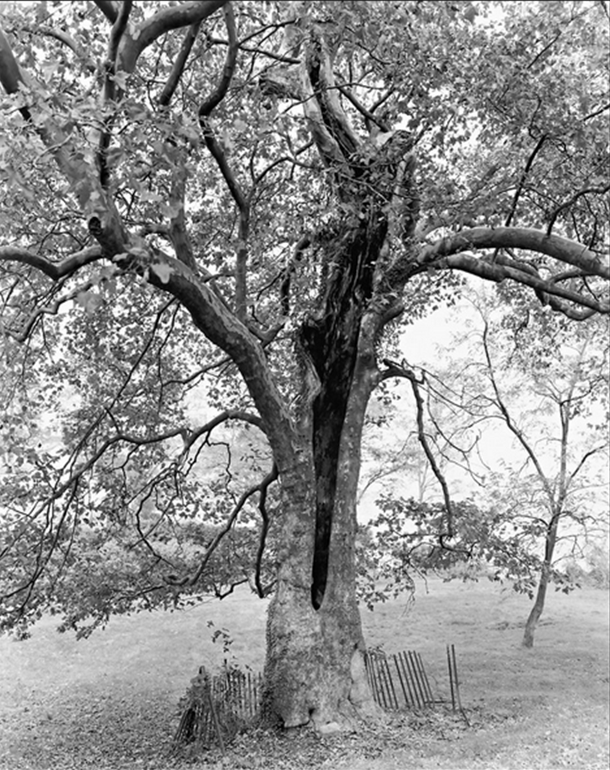
Sycamore, Alice Austen House and Park, Staten Island
When my grandmother was getting on in years, and not too mobile, we used to take her out for drives near her home in upstate New York. She had a habit of commenting on the trees she saw, to no one in particular, and fluttering her hands as she did so to outline their general shape. Privately, we used to gently laugh about this. It seemed amusing and odd, especially to us as children. But I couldn’t help thinking of this habit of hers when I saw last month’s photo essay, How to See a Tree, in the New York Times.
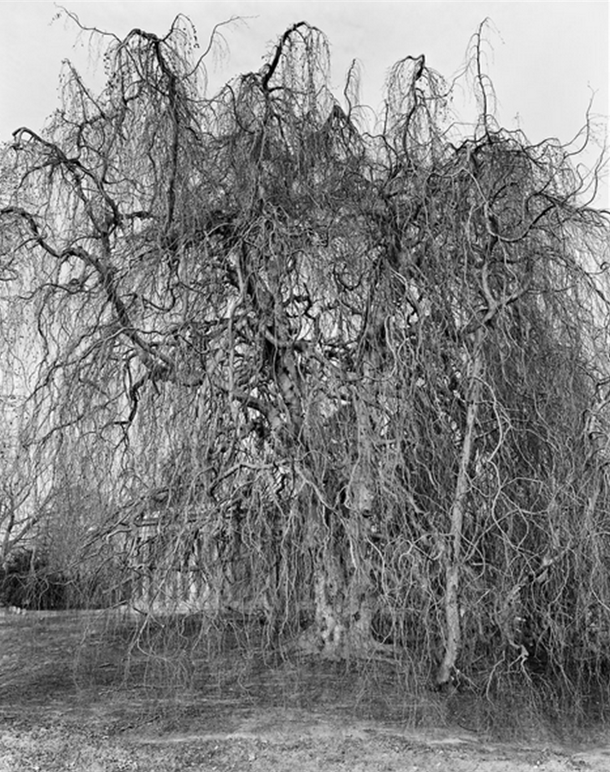
Weeping Beech, Woodlawn Cemetery, Bronx
Their shapes really are extraordinary, and extraordinarily different.
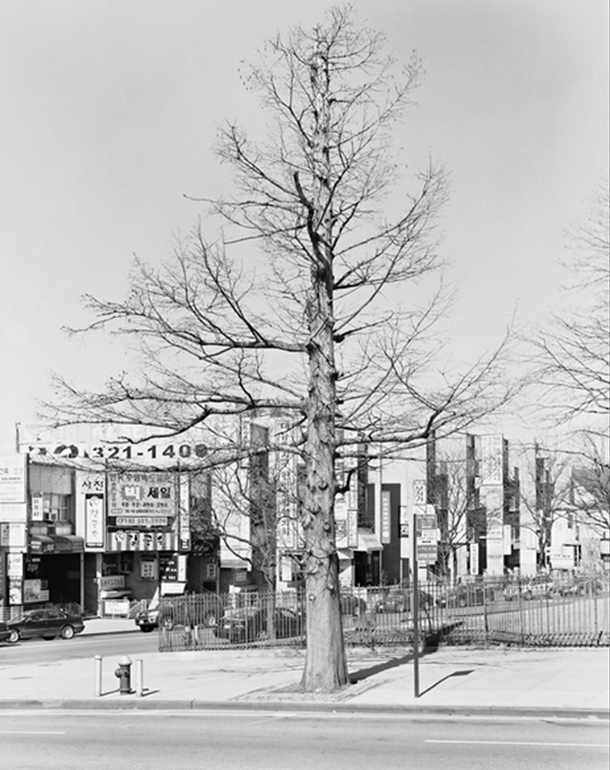
Bald Cypress, Northern Boulevard, Queens
Trees have a way of getting under your skin, of making you notice them. Especially really big ones.

American Elm, Central Park, Manhattan
Whether they make you want to hug them, climb them, or just stand underneath and enjoy their protection.

White Oak, Raoul Wallenberg Forest Preserve, Bronx
I love this photo essay for so many reasons: the incredible beauty of these living things in an amazingly unforgiving environment (and my hometown), their texture, the way they capture the incredible strange existence and tenacity of an urban tree.
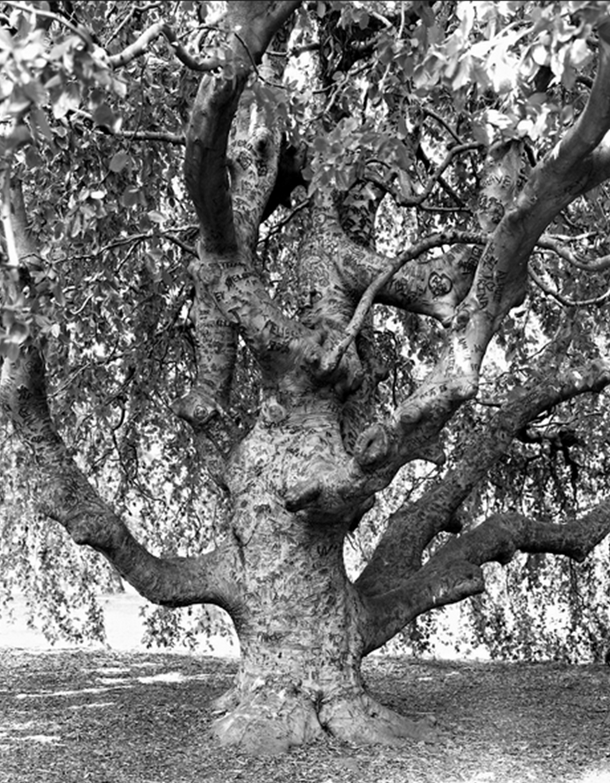
Weeping Beech, Brooklyn Botanic Garden
Mostly, though, I just find them inspiring. It makes me think about the trees I see every day, and how much I would like to see trees like these growing in cities and towns across the world.
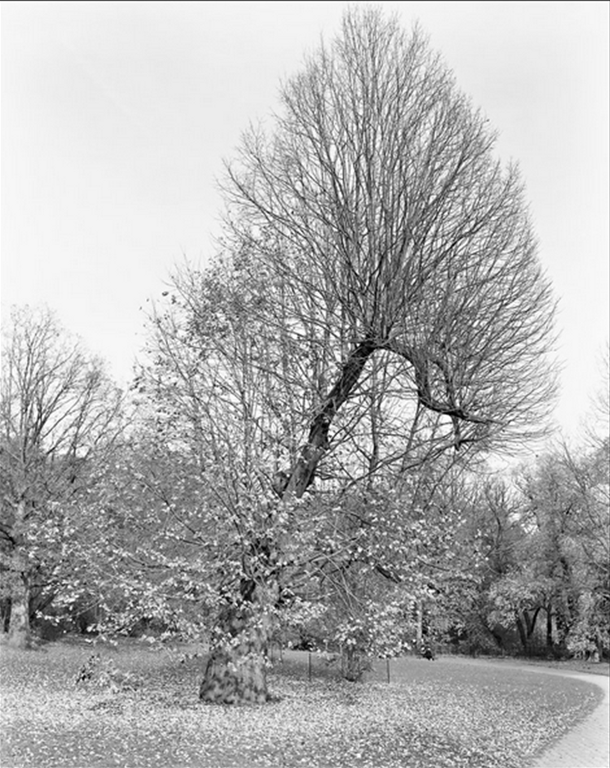
Silver Linden, Prospect Park, Brooklyn
Great photography does that. It makes you see things that you couldn’t see before, galvanizes your imagination and your spirit.
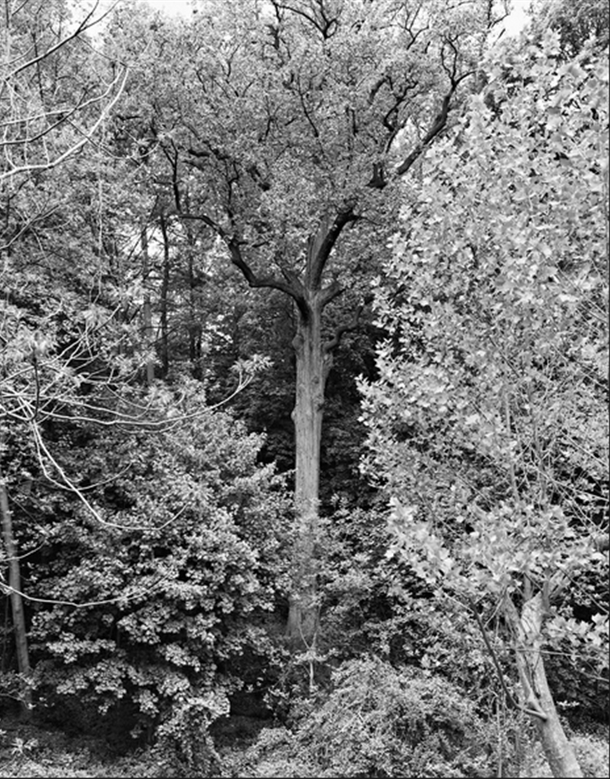
Tulip Tree, Alley Pond Park, Queens
It captures in an instant things that we see every day, but sometimes fail to really notice.
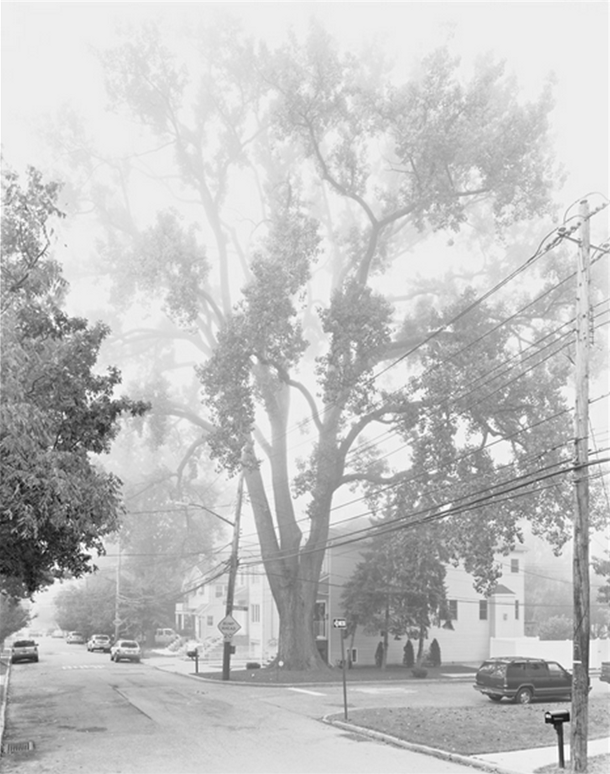
Eastern Cottonwood, Staten Island
Thank goodness people care about trees.
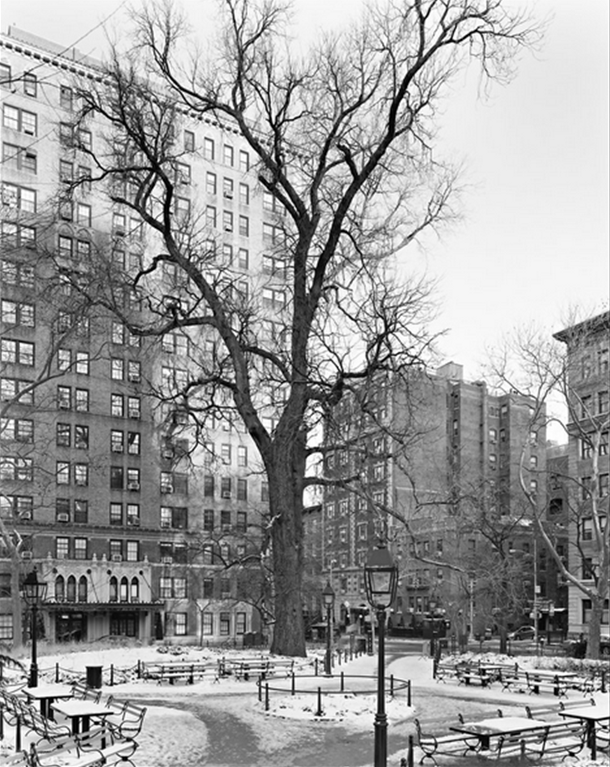
English Elm, Washington Square Park, Manhattan
All images: Mitch Epstein/Sikkema Jenkins & Company, New York via The New York Times


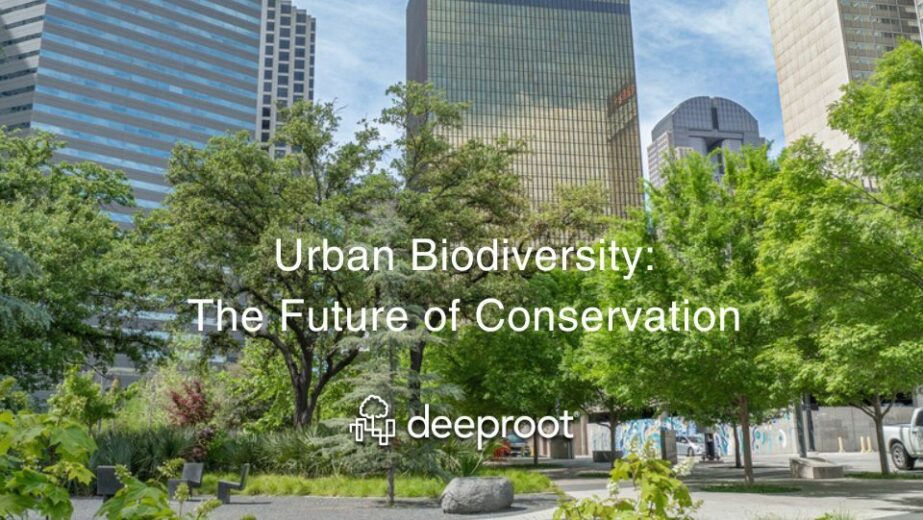
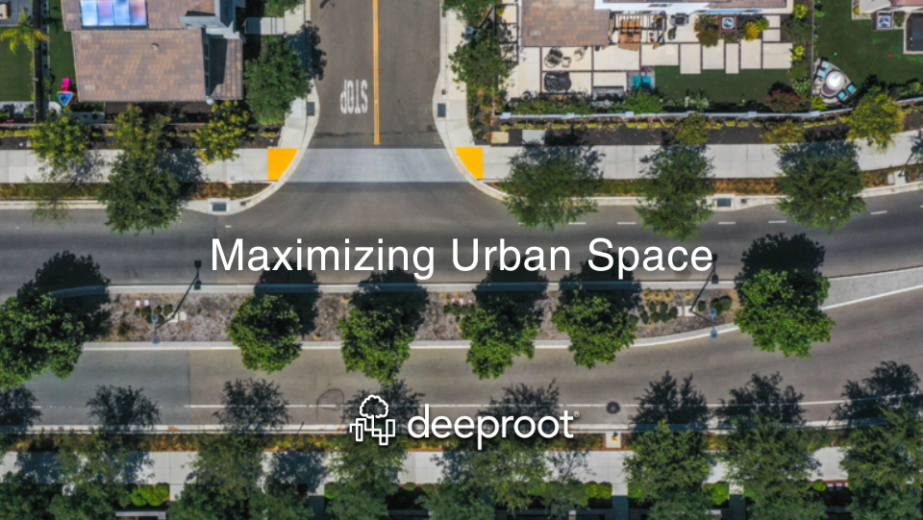


Leave Your Comment